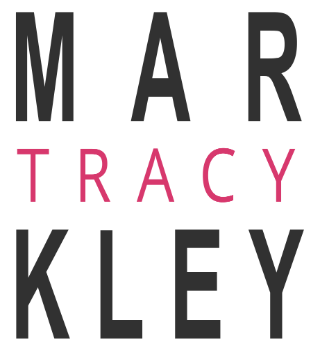What Can Pilates Do for Me?
The History of Pilates
Joseph Hubertus Pilates was born in 1880 in Germany. His father, a native of Greece, had been a prize-winning gymnast. His mother was born in Germany and was a naturopath who believed in the principle of stimulating the body to heal itself without artificial drugs. No doubt his mother's healing philosophy and father's physical achievements greatly influenced Pilates' later ideas on therapeutic exercise.
He was small and sickly as a child. He was had asthma, rickets, and rheumatic fever, and was bullied by the bigger children. He quickly became determined to overcome his physical disadvantages. Thereupon young Joseph began to self-educate himself in anatomy, bodybuilding, wrestling, yoga, gymnastics, and martial arts. He soon achieved an almost Adonis-like "anatomical ideal," to the extent that at the age of 14 he was posing as a model for anatomy charts. Joseph was also an accomplished boxer, skier, and diver.
He was enamored of the classical Greek ideal of a man who is balanced equally in body, mind, and spirit. He grew to believe that our modern lifestyle, bad posture, and inefficient breathing were the roots of poor health.
He designed a unique series of vigorous physical exercises that help to correct muscular imbalances and improve posture, coordination, balance, strength, and flexibility, as well as to increase breathing capacity and organ function. He also Invented a variety of machines, based on spring-resistance, that could be used to perform these exercises. There is a famous story about Pilates' inspiration for his unique apparatus. Before World War I he was touring England as a circus performer and professional boxer, and even teaching self-defense to the Scotland Yard police force. But when the war broke out, he found himself interned in England as an enemy alien on the Isle of Man.
The health conditions in the internment camps were not great, but Pilates insisted that everyone in his cell block participate in daily exercise routines to help maintain both their physical and mental well-being. However, some of the injured German soldiers were too weak to get out of bed. Not content to leave his comrades lying idle, Pilates took springs from the beds and attached them to the headboards and footboards of the iron bed frames, turning them into equipment that provided a type of resistance exercise for his bedridden "patients."
These mechanized beds were the forerunners of the spring-based exercise machines, such as the Cadillac and the Universal Reformer, for which method is known today. Pilates legend has it that during the great flu epidemic of 1918, not a single one of the soldiers under his care died. He credited his technique (which he called "Contrology") for the prisoners' strength and fitness. This is remarkable under the less than optimum living conditions of internment camps, which were hit especially hard by this deadly flu.
Pilates returned to Germany after the war, and his achievements with the German soldiers in the prison camp did not go unnoticed. In 1926, the Kaiser invited him to begin training the German secret police.
At this point Pilates decided to emigrate to the United States. He met his future wife and dedicated teaching partner, Clara, on the boat to New York City. Together they opened the first Body Contrology Studio on Eighth Avenue at 56th Street in Manhattan, in the same building as a number of dance studios.
His greatest legacy remains his 34 Contrology Exercises. Many modern Pilates schools teach them differently.
Very often, the exercises lose something in the translation. For example: the editor (Bruce Thomson) has considerable problems with tight muscles and trigger points. Many supposedly sound physiotherapeutic interpretations of Joe's work do not fully cater for the problem of tight muscles. But the Joe Pilates 34 exercises do. They do this by working the muscles over their longer range, and by "finding the stretch".
Modern interpreters say that Joe's exercises are too difficult in their original form. But Joe had an answer for this: “If you can only perform 10 of the 100’s then do 10. The next time do 11

